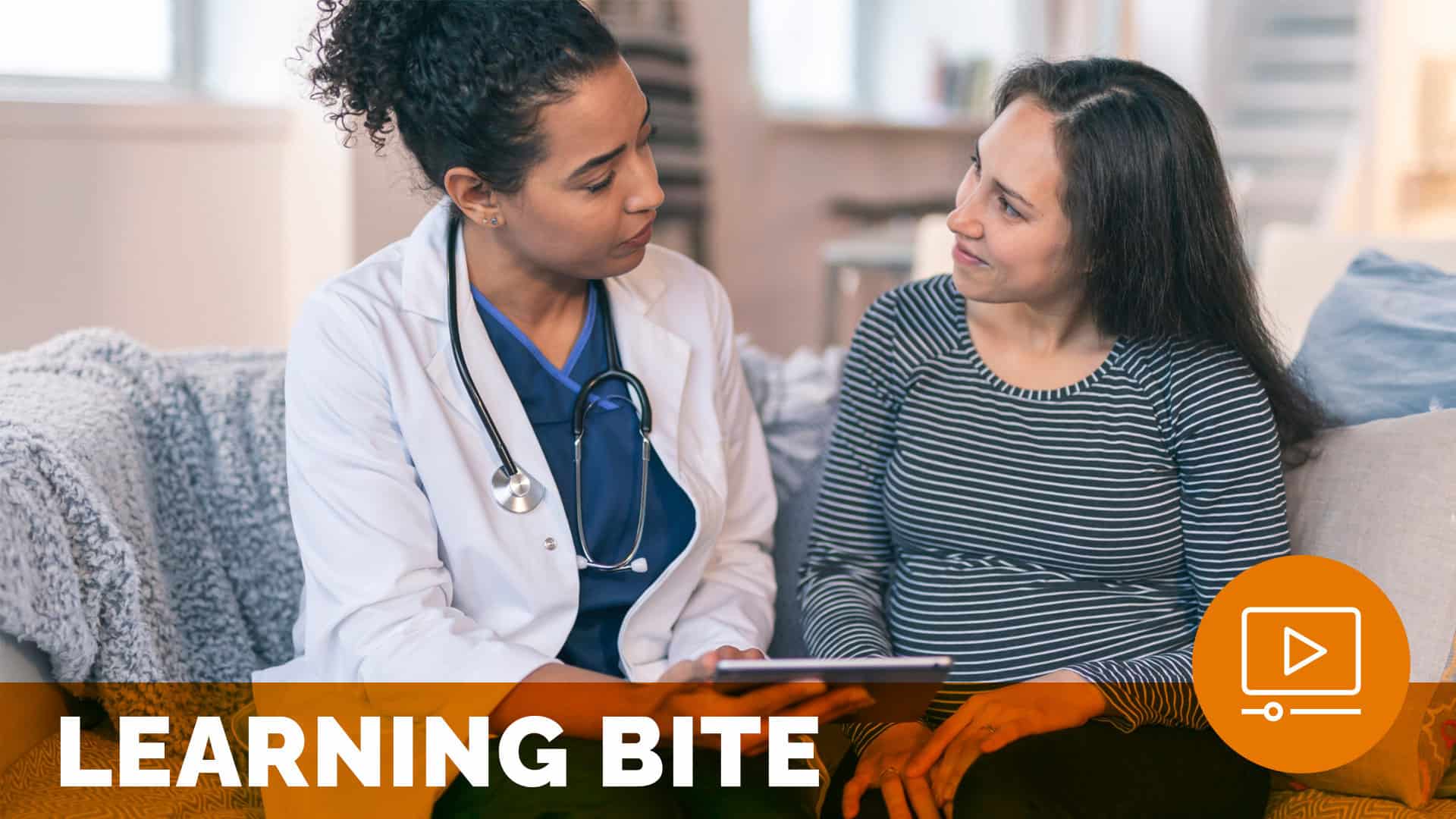Meeting the Patient’s Expectations through Setting an Agenda Together

Sumita Khatri, Physician/Co-Director Asthma Center/Facilitator, Center for Excellence in Healthcare Communication, Cleveland Clinic, discusses tools for intentional verbal communication of empathy with patients. By engaging in reflective listening enhancement, healthcare providers can aid one’s ability to hone in on the patient’s problems and have a unifying and personalized plan.
Related content
-
 Patient Family & Community Engagement
Patient Family & Community EngagementThe Impact of Learners on Patient Satisfaction in the Orthopedic Setting
This investigation evaluates the impact of learners and their post-graduate year (PGY) levels on patient satisfaction in the orthopedic outpatient clinic, an area with limited prior research. A retrospective cohort study was conducted using data from July 2020 to December 2022, involving 2,484 patients, with a 39% response rate. Satisfaction was measured via NRC Health
Learn more -
 Patient Family & Community Engagement
Patient Family & Community EngagementDriving Healthy Behaviors through Social Support: The Role of Co-Responsibility in Weight Loss and Maintenance
The effectiveness of out of hospital lifestyle interventions in healthcare is likely co-dependent on social support from involved one’s. We sought to investigate the interrelationships between patient-partner Co-responsibility, Spousal Support, and Self-efficacy and the mechanisms through which they contribute to health behaviors and outcomes relevant to weight loss and maintenance.
Learn more -
 Innovation & Technology | Patient Family & Community Engagement
Innovation & Technology | Patient Family & Community EngagementBuilding Trust in Healthcare: Insights from UAB Medicine’s Humanistic Care Study
Join Chris Brainard, Associate Vice President at UAB Medicine, and Amber Maraccini, VP of Healthcare Executive Advisory at Medallia, for a fireside chat on UAB’s innovative strategies to build trust in patient care. Explore how provider behaviors—like listening patiently and showing empathy—improve trust, outcomes, and patient experiences. Learn about the Medallia-Arnold P. Gold Foundation Humanism
Learn more
